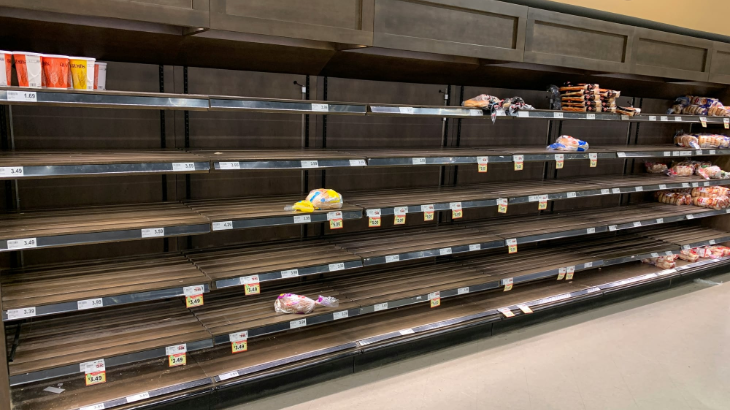Food (In)Security Index

A little bit of a rant but mainly questions, questions, questions.
Prompted by an article in Private Eye1 about food security, I took a bit of a delve into the Government’s pages on the new Food Security Index (FSI)2.
One of the things to note is that the current index statements are by and large based on data from 2021 and 2022. Although the commentary acknowledges that the Russian invasion of Ukraine is a major factor, as are the various recent climate-related catastrophes around the globe, I do feel that I am looking at a view that is already out of date.
To many it may come as a shock to learn that the UK is only self-sufficient in sheep and milk, and pretty nearly in poultry. This suggests to me that us vegetarians and those who are vegan are helping keep the export/import market healthy as well as our bodies. The UK produces only 55% of the fresh vegetables it needs or uses. Some of this last figure is explained away by the consumer-led need for out-of-season vegetables all-year-round.
Oh, sorry. Did I say ‘consumer-led’? Well, I suppose we do buy them and therefore there is a market. But do we think about where these vegetables come from? How much the grower earned? I think that the consumer has a lot to answer for, but they are not alone in this. Others are equally complicit, if not more so: the retailers, the wholesalers, the shippers….
Still, I digress - albeit a bit. So, the FSI does look at a number of factors but as I walk round the fields where I live I can readily see the effects of the rains this year. Large amounts of fields replanted with ground cover crop where the original crop - often wheat I believe - has been washed away. In 2020 there was a 26% drop due to bad weather. Will 2024 be as bad - or worse?
Having a Food Security Index may be a start but what will follow on behind it? Will the farmers see this as an official way of backing them and their lot? Will it lead to consumers/general public understanding where our food comes from? Will this lead to an increase in tension between those lobbying for better food security - we only grow 63% of our own potatoes and 17% of fruit - and those campaigning for more land to be put over to biodiversity projects, re-wilding and diversification? We surely cannot have both without the intensification of farming methods on the land that does produce the food, and the right incentives for the farmer. It is not just Jeremy Clarkson who thinks that the easy way to make land pay is to ‘buy’ into the Government’s Environmental Land Management Scheme.
According to the FSI, the Utilised Agricultural Area (UAA) shows that in 2023 57% was permanent grassland and 27% used for both arable and horticultural crops. The horticultural industry, which has been in a long, slow decline, has decreased by 5.2% since 2022. The commentary gives further detail but ends with suggesting that the decrease may be due to rising costs of labour and fertiliser, weather and yield variability, and final market values. They appear to have missed out the expansion of the housing stock, creeping not even very slowly in some cases, over productive land.
One last thing, for the moment at least, nowhere does it seem to suggest that perhaps the consumer might be prepared to pay a bit more for the product, that the supermarket might reduce its cut, that the products reduce the miles travelled, and that we don’t need perfectly shaped vegetables.
Lots to read and lots to wait and see what the new Government does.
1. The Agri Brigade, Private Eye 1625 7th June 2024, p17
